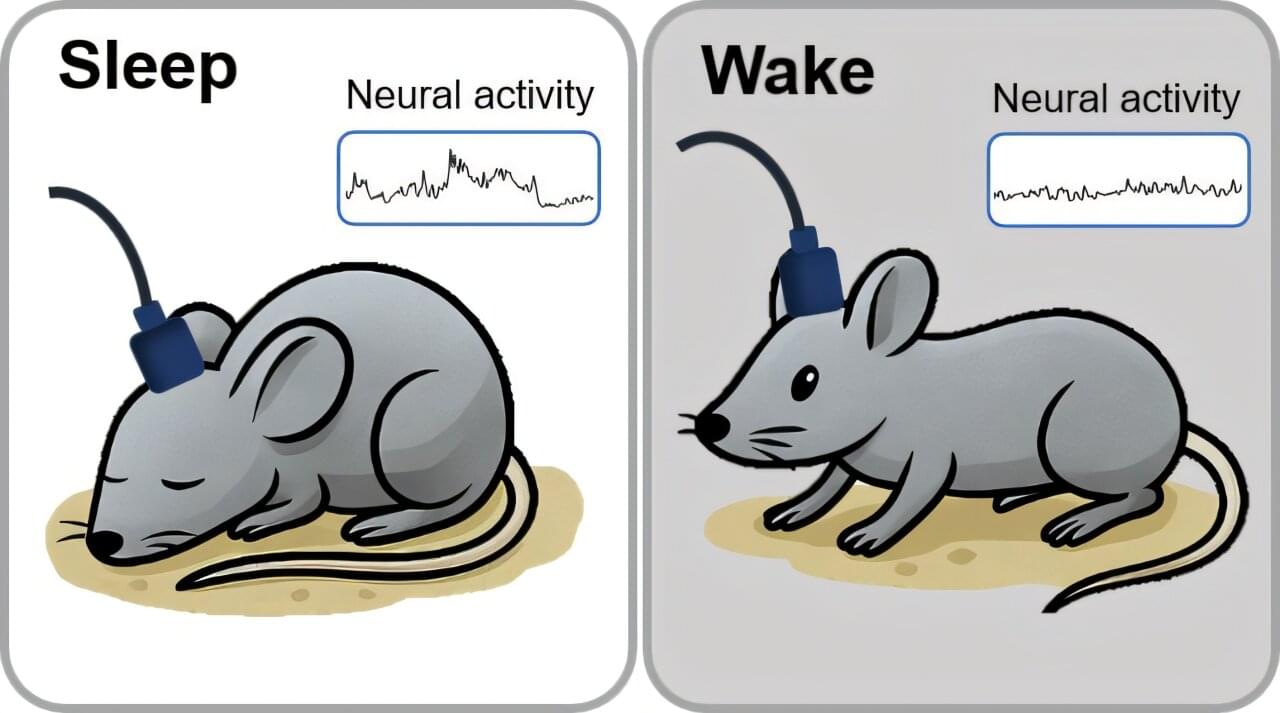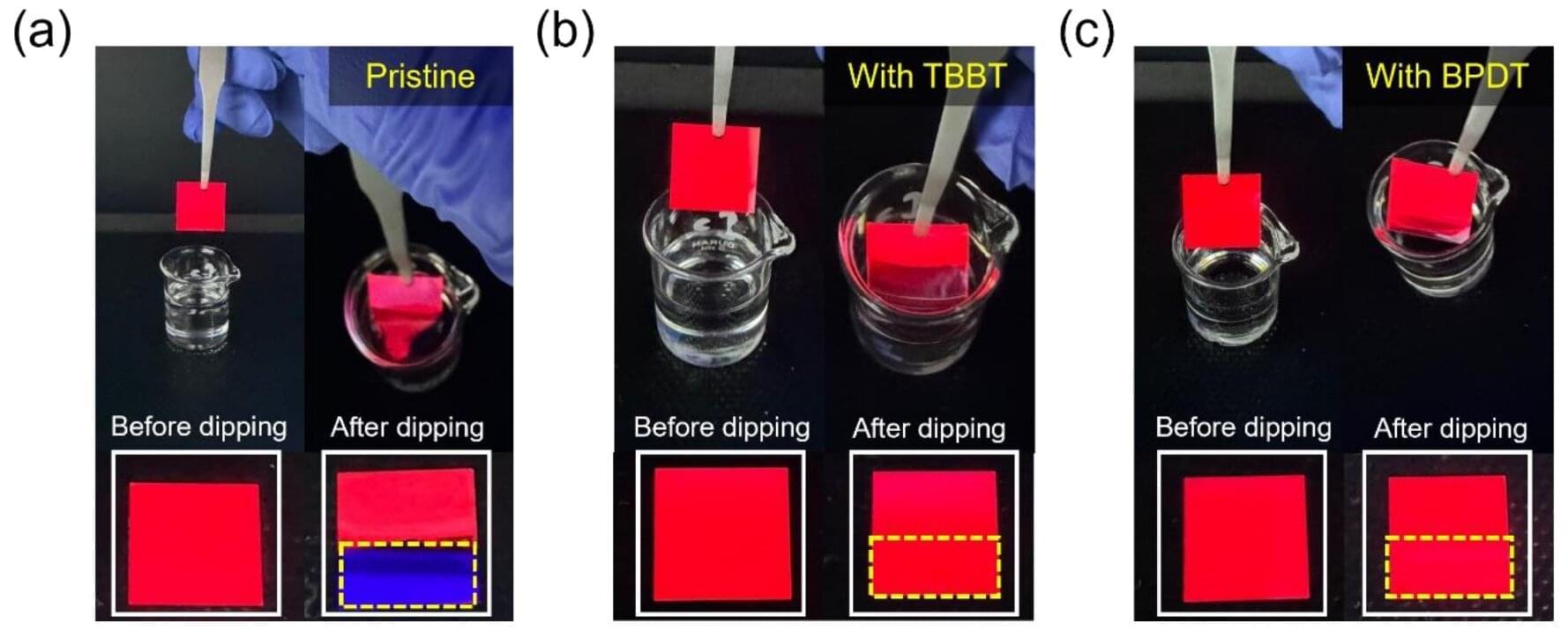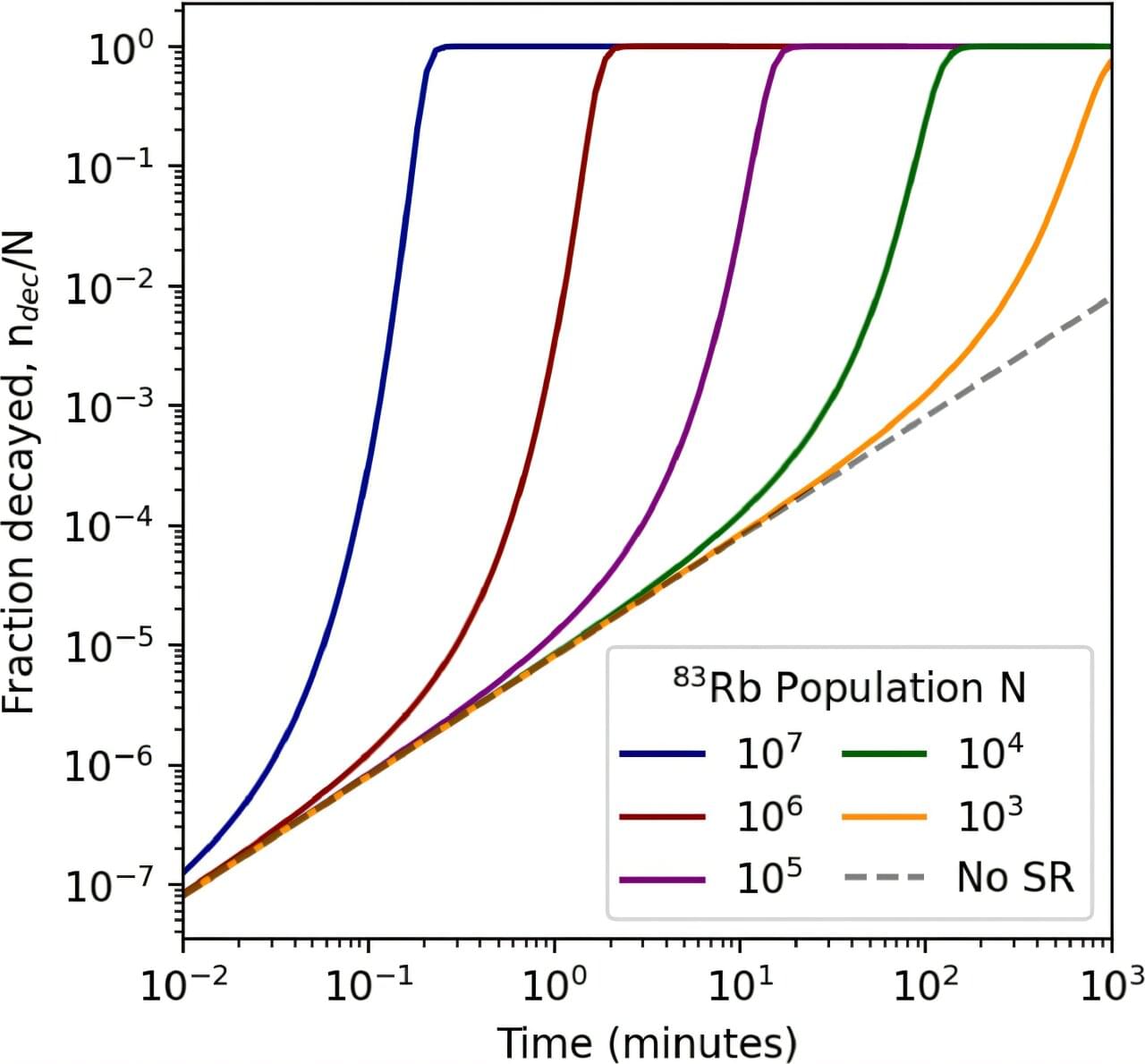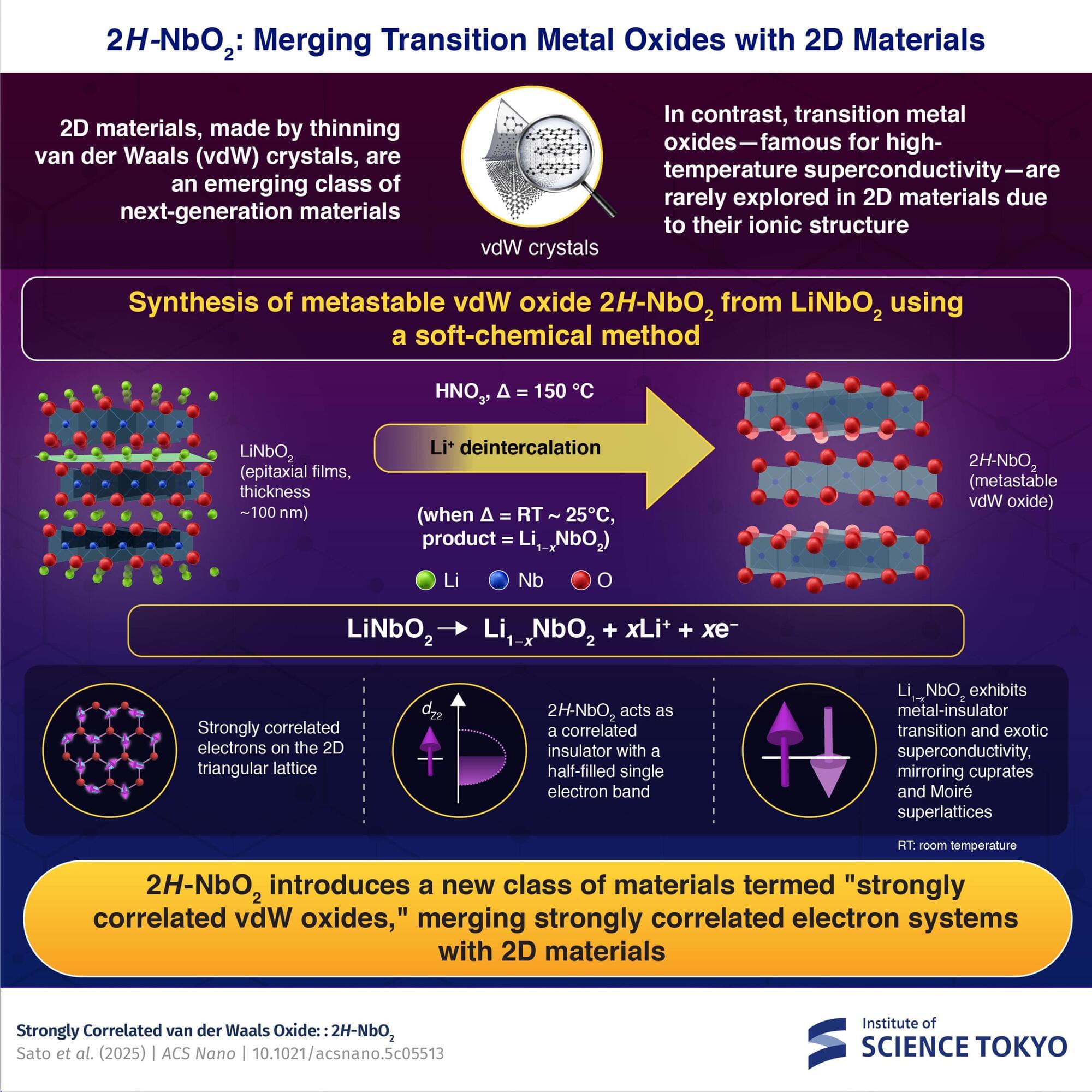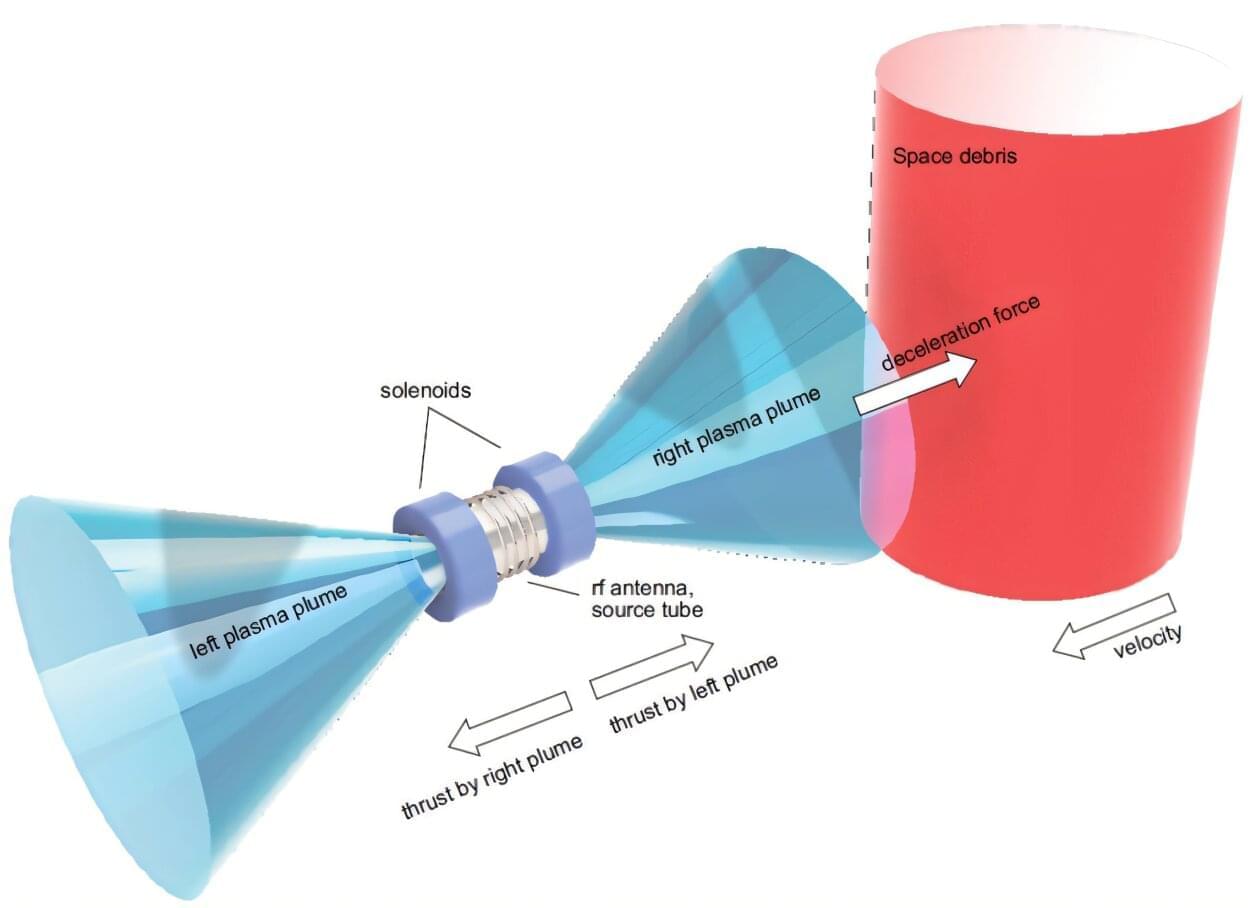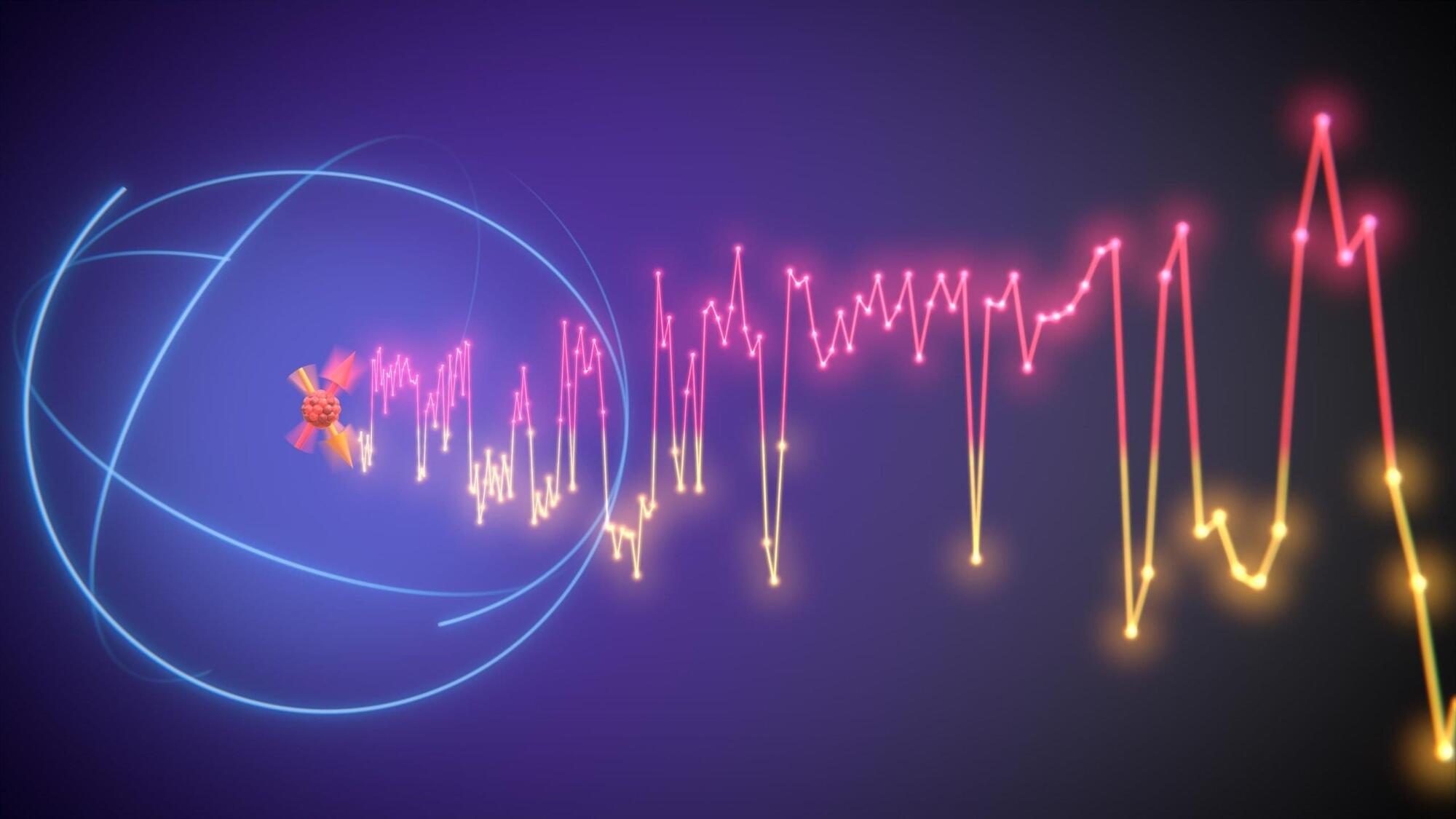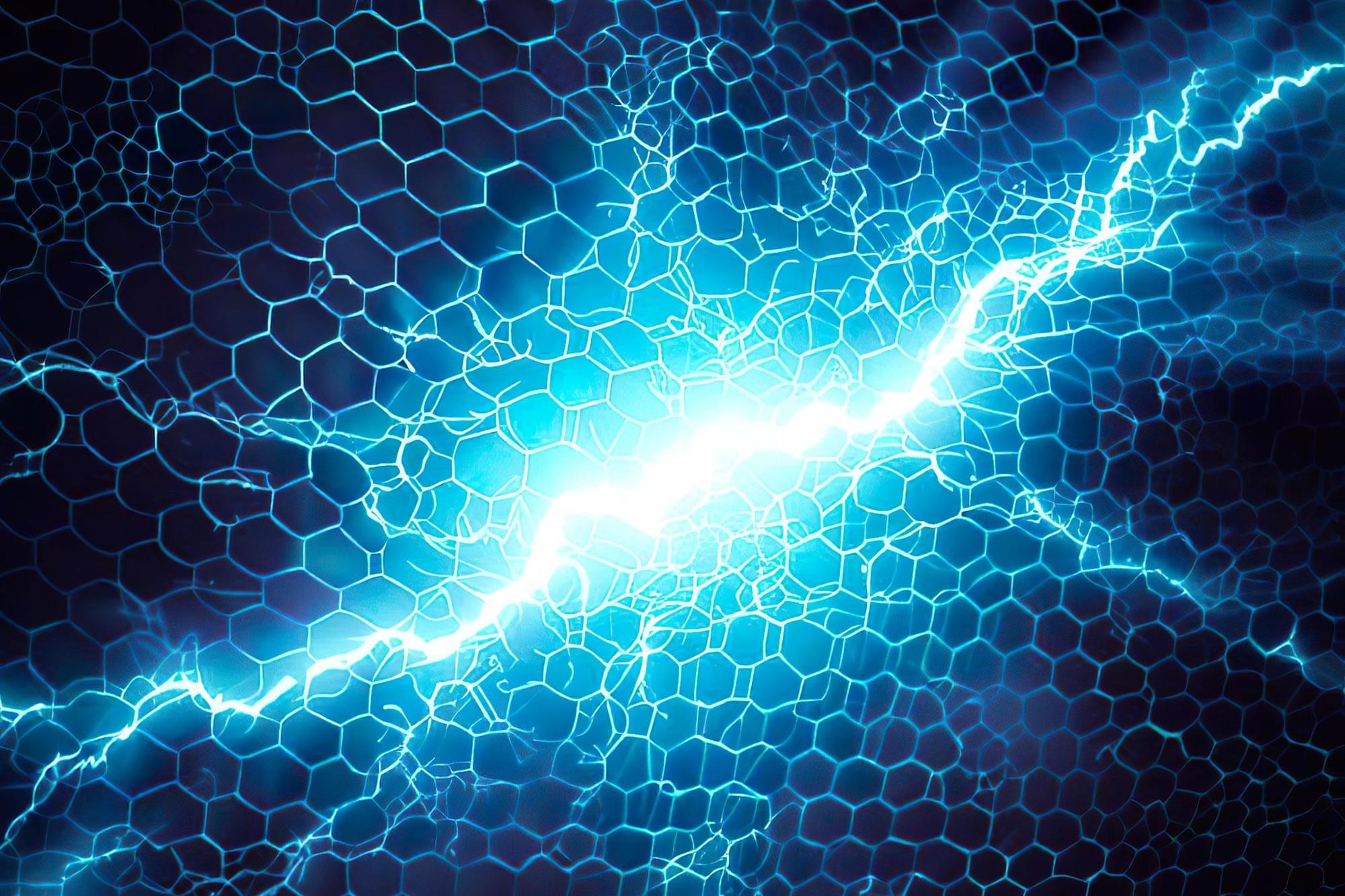As every bodybuilder knows, a deep, restful sleep boosts levels of growth hormone to build strong muscle and bone and burn fat. And as every teenager should know, they won’t reach their full height potential without adequate growth hormone from a full night’s sleep.
But why lack of sleep —in particular the early, deep phase called non-REM sleep—lowers levels of growth hormone has been a mystery.
In a study published in Cell, researchers from University of California, Berkeley, dissect the brain circuits that control growth hormone release during sleep and report a novel feedback mechanism in the brain that keeps growth hormone levels finely balanced.
